

MCAT Basics (from MedSchoolCoach)
https://anchor.fm/s/100df33dc/podcast/rssEpisode List
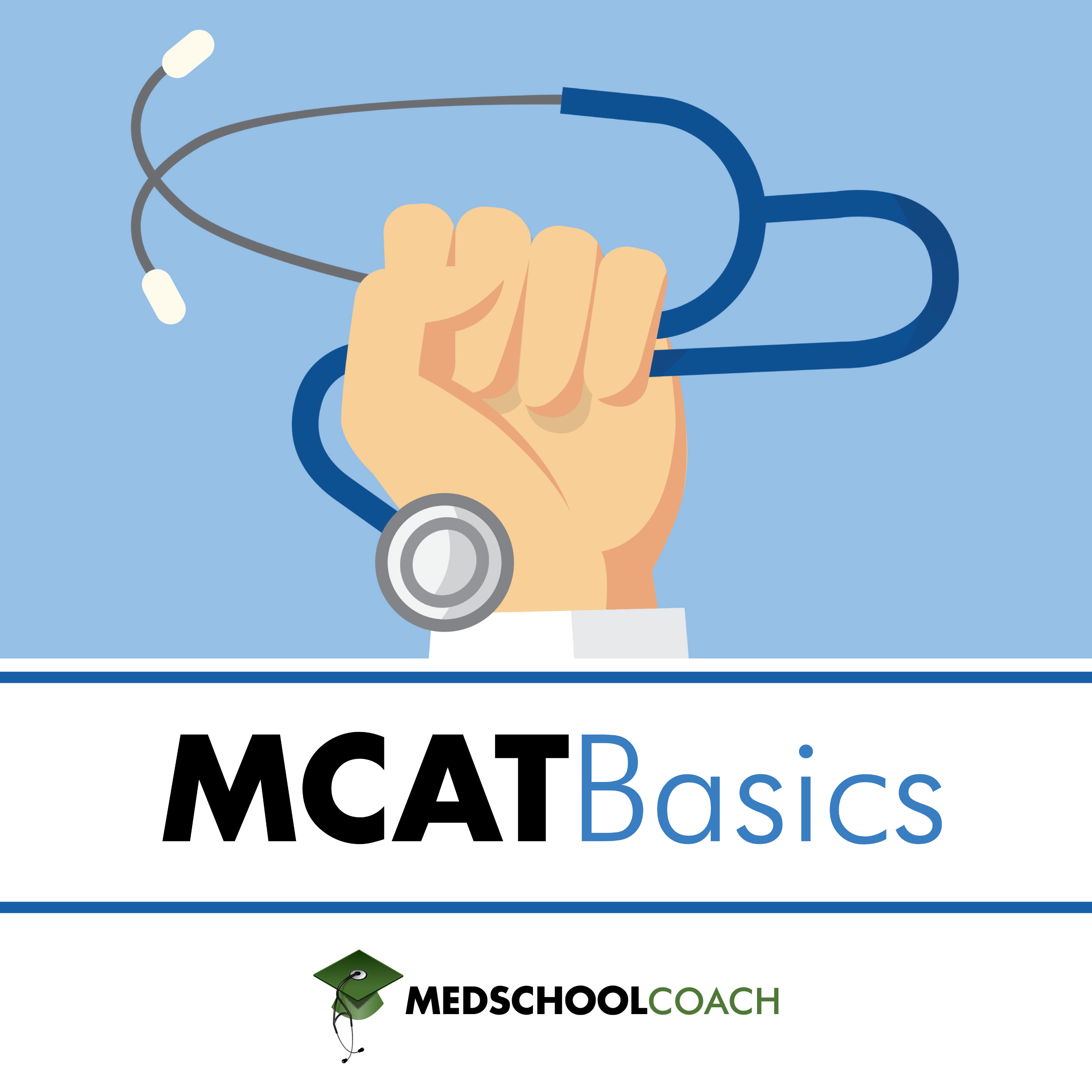
Organic Chemistry Mechanisms To Know
In this episode, Sam Smith will discuss and help you understand the essential organic chemistry mechanisms and reactions you may encounter when taking the MCAT. From nucleophilic substitution reactions like SN1 and SN2 to aldol condensation and oxidation and reduction of alcohols, Sam will cover the high-yield topics that are crucial for your test prep. He will also touch on key IR and NMR values that could appear on your exam. Visit medschoolcoach.com for more help with the MCAT. Jump into the conversation: (00:00) Intro (01:42) SN1 and SN2 nucleophilic substitution reactions, mechanisms, and key concepts (03:18) Carbonyl substitution and addition reactions (06:12) Introduction to aldol condensation reactions (07:17) Overview of oxidation and reduction reactions (10:09) Explanation of Fischer esterification and saponification (12:51) Summary of elimination reactions (E1 and E2) and their distinguishing features. (13:38) What numbers to know for IR and NMR
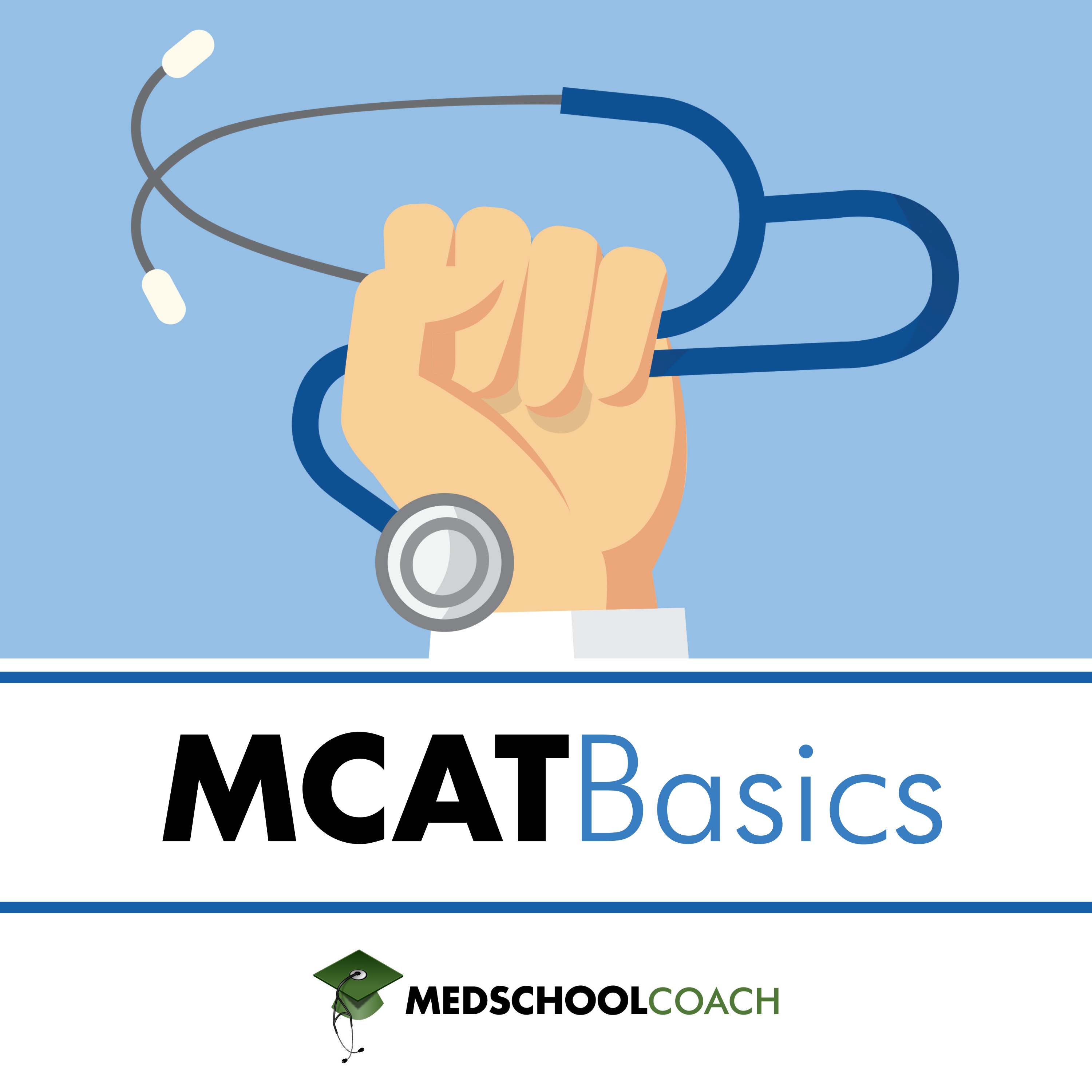
Study Types and Research Design
Understanding study design and research variables is crucial for mastering the MCAT and in medical research. In this episode, host Sam Smith discusses the essentials of study design and research methods, from understanding independent and dependent variables to navigating the complexities of correlation, causation, and confounding variables. You’ll learn about the different types of studies, including experimental, observational, case-control, and cohort designs, and how they apply to MCAT questions. Plus, we’ll explore odds ratios, study validity, and the importance of specificity and sensitivity in diagnostic tests. This episode also covers common study limitations and biases, helping you sharpen your critical thinking skills for exam day. Visit MedSchoolCoach.com for more help with the MCAT. Jump into the conversation: (00:00) Intro (01:22) Types of variables seen in studies (03:10) Correlation and Pearson correlation coefficient (05:38) Causation vs. correlation (07:16) Confounding variables: Examples and impact (08:55) Odds ratio and study applications (11:00) Validities in experiments (16:20) Specificity vs. sensitivity in diagnostic tests (19:13) Types of studies: Experimental and observational (31:32) Single blind vs. double blind studies (32:58) Randomized controlled trials (RCTs) (35:57) Research limitations and study bias (45:39) MCAT Advice of the Day
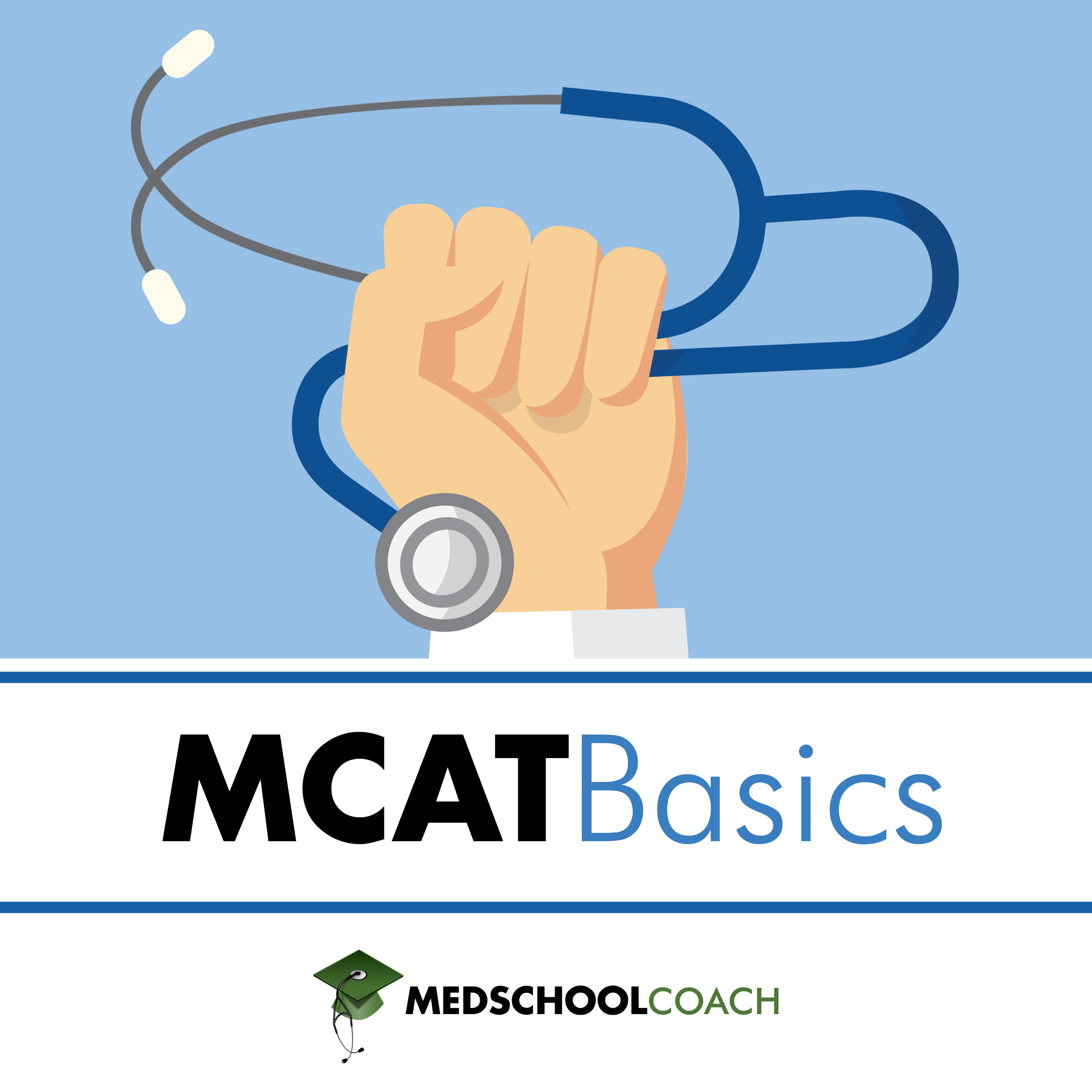
Metabolism: Gluconeogenesis, Pentose Phosphate Pathway, and More
In this episode, we're diving deep into the nuanced aspects of metabolism that are essential yet less prominently featured on the MCAT. We'll cover gluconeogenesis, the pentose phosphate pathway, and ketone body generation—topics that, while subtle, play a crucial role in your comprehensive understanding of biochemistry. We'll explore how your body manages glucose levels, the functions of NADPH, how glycogen is synthesized and broken down, and the metabolic adaptations during periods of low glucose. Visit MedSchoolCoach.com for more help with the MCAT. Jump into the conversation: (00:00) Intro (01:54) Pentose phosphate pathway overview (02:42) Functions of NADPH in the body (03:35) Difference between NADPH and NADH (04:34) Key points to know about the pentose phosphate pathway (07:01) Insulin and glucagon: hormonal regulation of blood glucose (09:00) Effects of insulin & glucagon on the body (10:48) Glycogen synthesis & breakdown (15:51) Glycogen debranching enzyme and breakdown of branched chains (18:49) Bypassing irreversible steps in glycolysis during gluconeogenesis (21:19) Regulation of gluconeogenesis (22:25) Ketogenic amino acids and their role in ketone body formation (24:04) MCAT advice of the day: reading journal articles
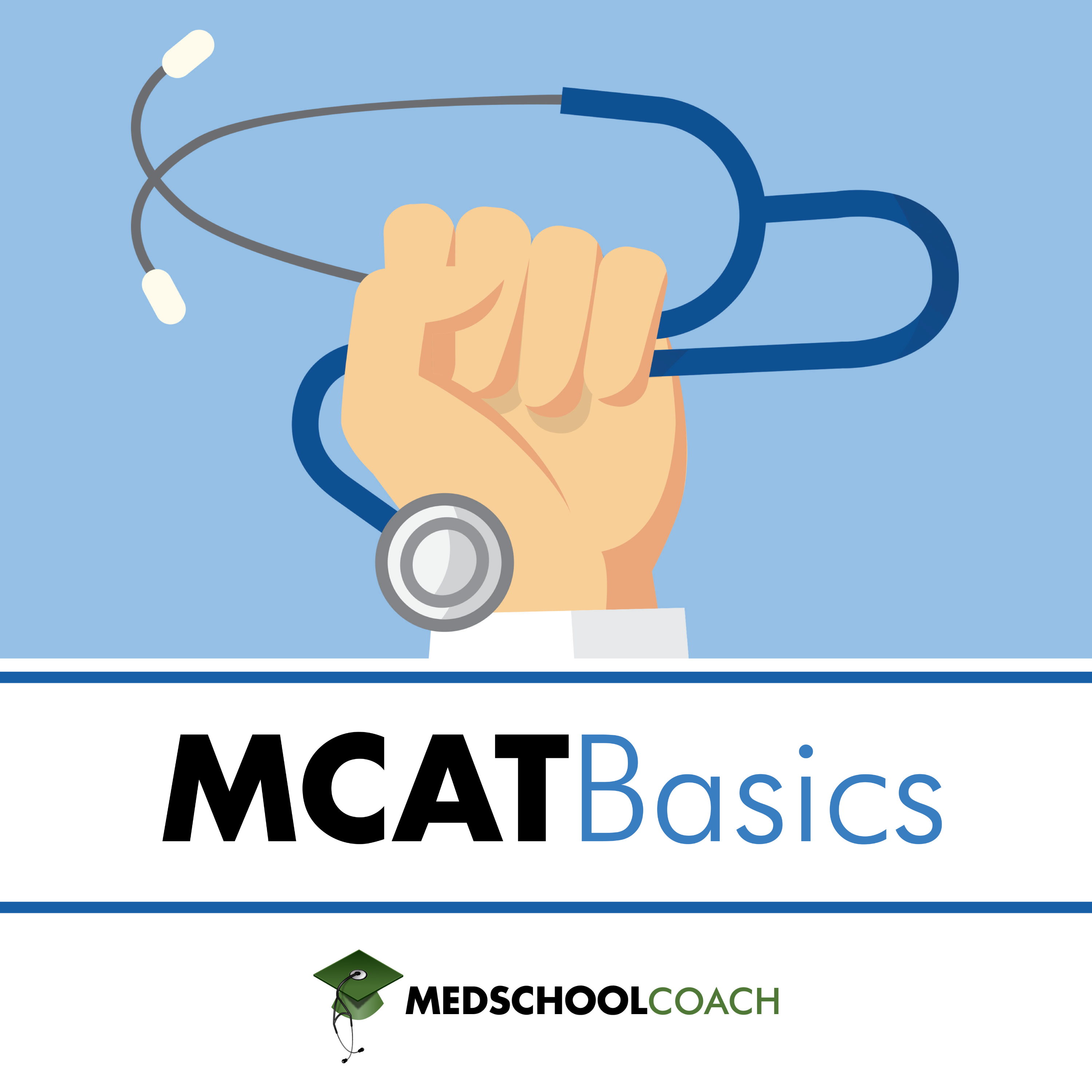
Biomolecule Structure, Naming, And Function
In this episode, we’ll learn the intricate world of biomolecule structure, naming, and function. We'll explore the structural nuances between glucose and fructose and unravel the complexities of glycosidic linkages in sucrose. We'll also examine the vital roles of fatty acids, the composition of triglycerides and phospholipids, and their impact on cell membrane architecture and fluidity. Plus, we discuss cholesterol's bidirectional regulation of membrane stability and the contrasting roles of LDL and HDL in cardiovascular health. We’ll dive into the essential structures and functions of steroids and nucleotides, as well as the fundamentals of DNA and RNA structure and the importance of ATP. We'll also look at the unique properties of sphingolipids, glycerophospholipids, and signaling molecules like eicosanoids. So, tune in as we break down these critical biomolecules that form the foundation of life and are essential knowledge for the MCAT exam. Visit MedSchoolCoach.com for more help with the MCAT. Jump into the conversation: (00:00) Intro (01:03) Overview of Biomolecule Structure and Importance (02:37) Steroid Structure and Function (06:36) Nucleotide Structure and Function (12:02) DNA Structure and Bonding (16:30) Carbohydrate Structure (19:53) Disaccharides and Polysaccharides (24:47) Fatty Acids and Phospholipids (28:57) Cholesterol and Its Role in Membrane Fluidity (31:27) Sphingolipids and Their Functions (33:02) Eicosanoids: Signaling Molecules (38:12) Heme Groups and Their Functions (41:12) Molecule Entry into Cells (44:12) MCAT Advice of the Day
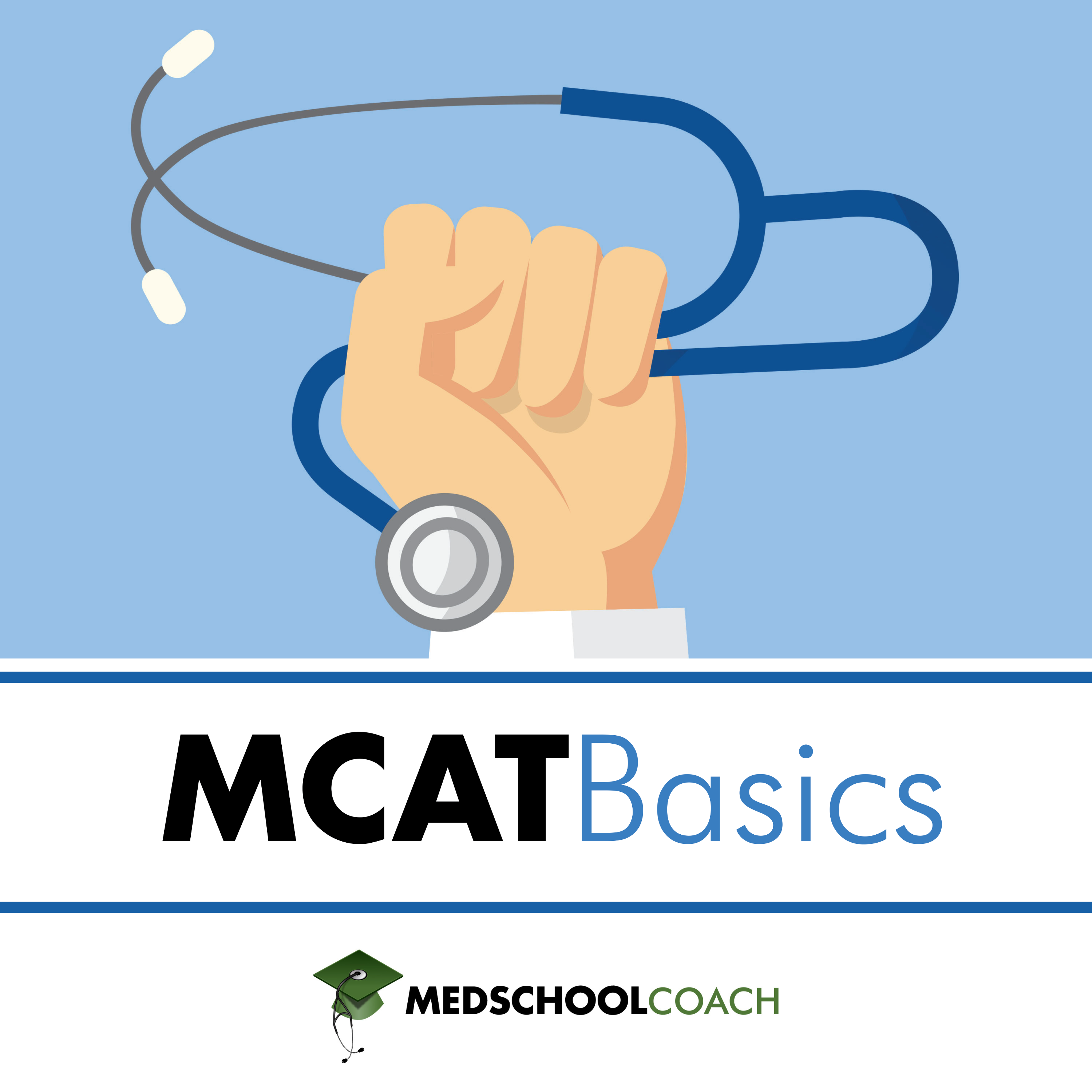
Enzyme Kinetics, Inhibition, and Categorization
In this episode, we explore enzyme kinetics and inhibition, key concepts for the MCAT Bio/Biochem section. We’ll cover how enzymes accelerate biological reactions by lowering activation energy and introduce two models for enzyme-substrate interaction: the lock-and-key model and the induced fit model. You'll learn how to apply the Michaelis-Menten equation, focusing on factors like Km and Vmax to understand enzyme efficiency and substrate binding. We’ll also break down the different types of enzyme inhibition—competitive, non-competitive, and uncompetitive—and their effects on enzyme activity. Finally, we discuss the six major types of enzymes and their roles in biological processes, with examples like ligases, isomerases, and hydrolases. Visit MedSchoolCoach.com for more help with the MCAT. Jump into the conversation: (00:00) Introduction to enzyme kinetics and inhibition (01:58) Definition of enzymes and their role (03:50) Enzyme models: lock and key vs. induced fit (06:28) Michaelis-Menten Equation (10:53) Association and dissociation constants (12:34) Kcat and catalytic efficiency (14:43) Assumptions of Michaelis-Menten (18:23) Lineweaver-Burk Plot: linearized Michaelis-Menten Equation (21:09) Enzyme inhibition: reversible vs. irreversible (22:14) Competitive inhibition: Km and Vmax (24:46) Non-competitive inhibition: Effects on Km and Vmax (27:20) Irreversible inhibition (29:13) Allosteric inhibition (31:26) Homotropic and feedback inhibition (37:40) Common biological enzymes: dehydrogenase, synthetase, and kinase (43:44) MCAT Advice of the Day
Create Your Podcast In Minutes
- Full-featured podcast site
- Unlimited storage and bandwidth
- Comprehensive podcast stats
- Distribute to Apple Podcasts, Spotify, and more
- Make money with your podcast












